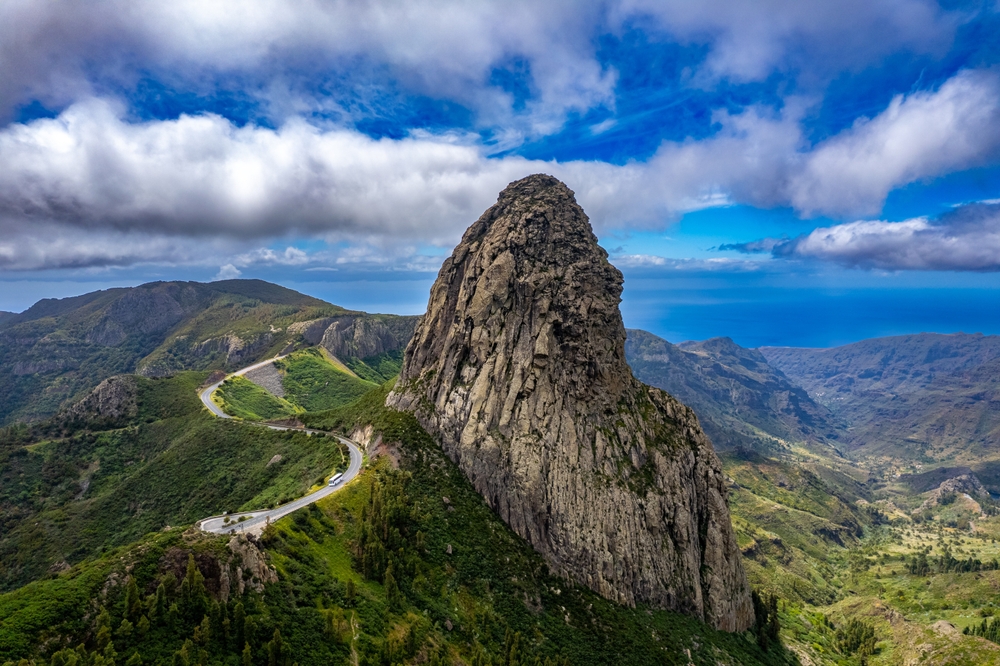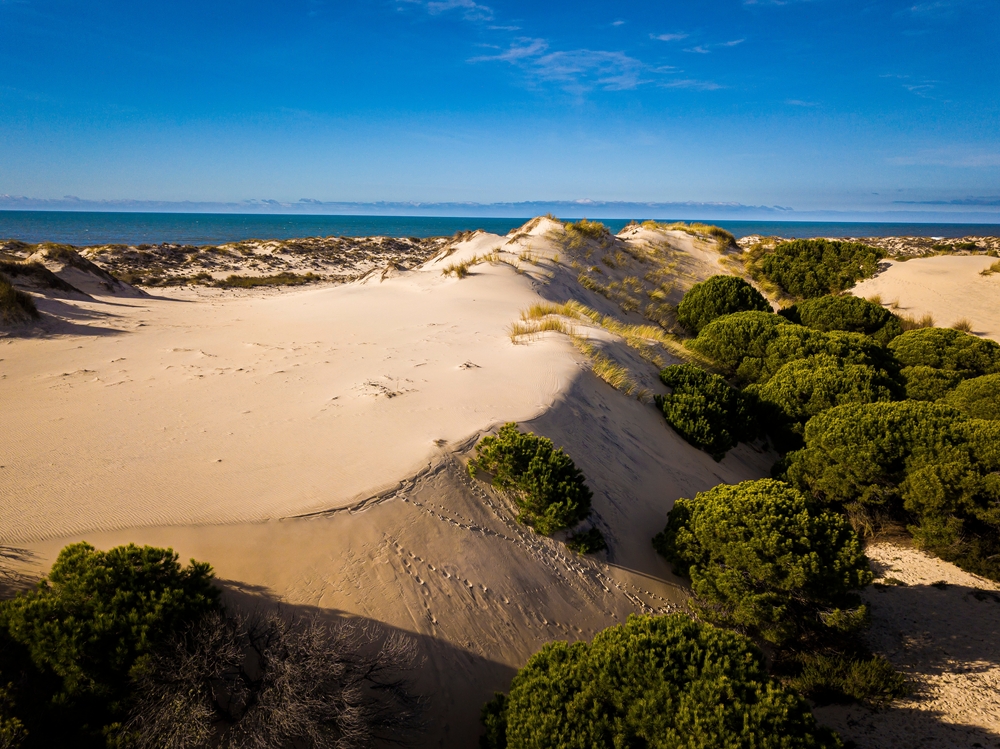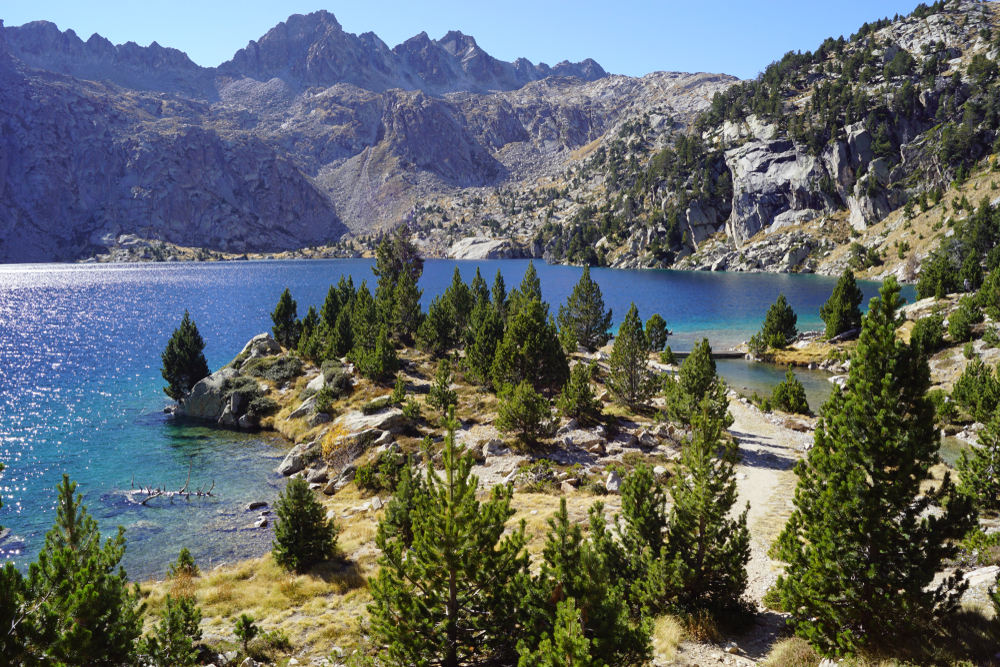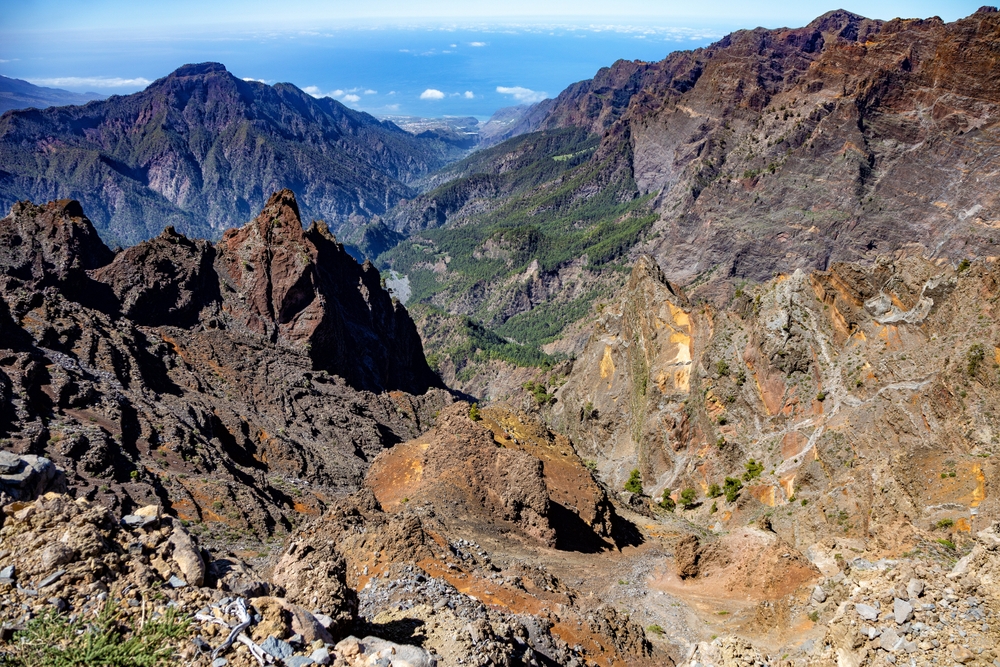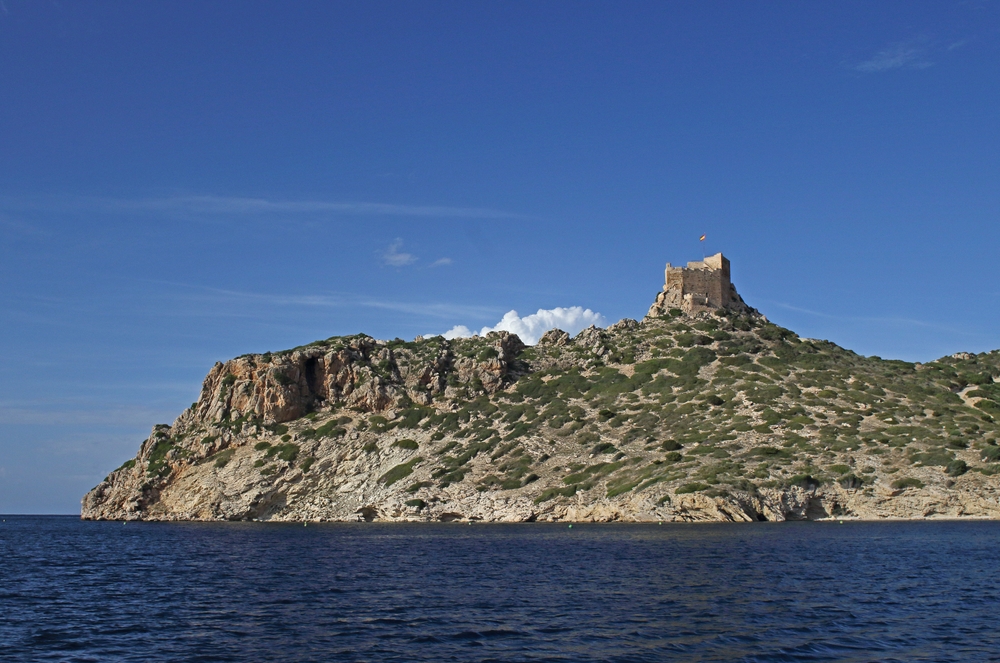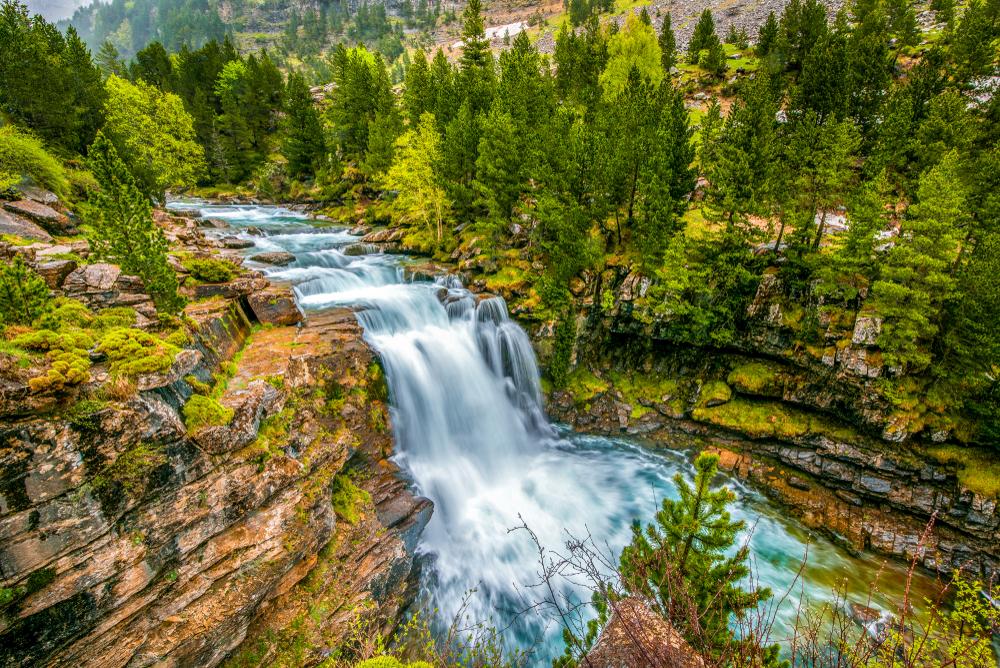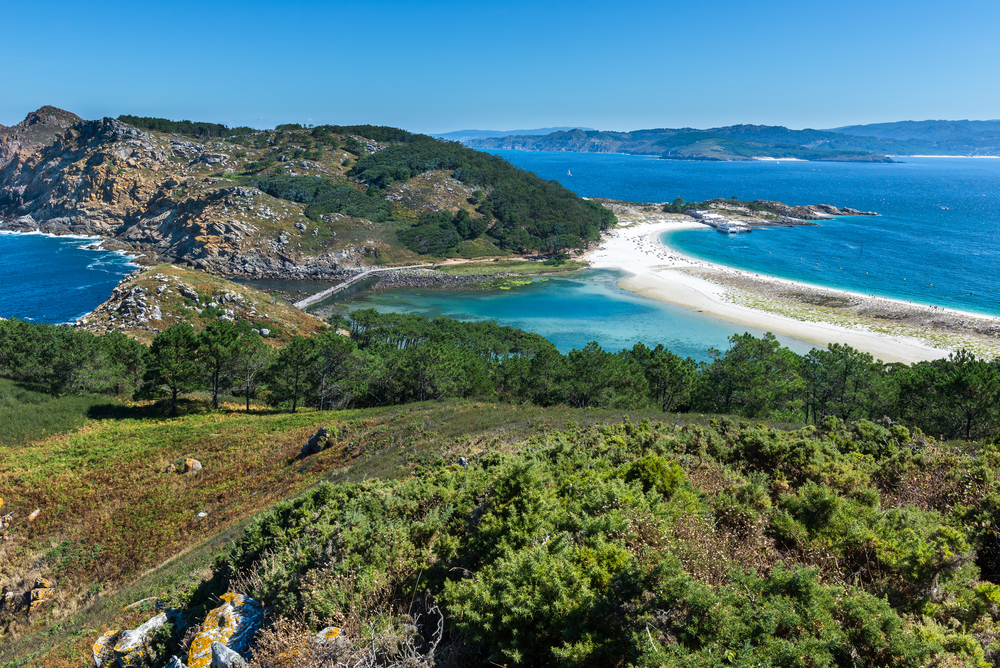Garajonay Overview
Garajonay National Park, or Parque Nacional de Garajonay in Spanish, is a lush, mountainous reserve located on La Gomera, one of Spain’s Canary Islands.
Spanning approximately 15 square miles (40 square kilometers), the park is a UNESCO World Heritage Site, renowned for its ancient laurel forest that represents a rare ecosystem once widespread across Europe during the Tertiary period.
Situated in the center and north of the island, Garajonay National Park is characterized by its misty, primeval forests, deep ravines, and striking rock formations, including the park’s namesake, Garajonay Peak, the highest point on La Gomera at 4,869 feet (1,484 meters). The ever-present trade winds contribute to the park’s humid and temperate conditions, allowing its dense vegetation to thrive.
The park’s landscape is dominated by thick Laurisilva forest, a type of subtropical cloud forest that thrives in the moist, cool air brought by the trade winds. Towering laurel trees, ferns, mosses, and lichens create an almost mystical atmosphere, with gnarled branches draped in epiphytes and fog weaving through the dense canopy.
Deep ravines, known as barrancos, cut through the terrain, creating dramatic valleys with streams that flow year-round. Roques, or volcanic rock formations such as Roque de Agando, add to the rugged beauty of the park, standing as remnants of ancient geological activity. The persistent humidity supports a remarkable variety of plant species, some of which are endemic to the Canary Islands, such as the Canary bellflower and the Gomeran violet.
Garajonay National Park is home to a rich array of wildlife, though its cool, forested environment means that large mammals are not as prominent as in other European parks. Reptiles such as the Gomeran giant lizard and skinks can be found basking on warm rocks, while amphibians like the stripeless tree frog thrive in the damp undergrowth.
The park is particularly known for its birdlife, attracting birdwatchers eager to spot species such as the laurel pigeon and Bolle’s pigeon, both of which are endemic to the Canary Islands. The Eurasian sparrowhawk, Canary chaffinch, and Berthelot’s pipit are also commonly seen soaring or darting through the forest. Invertebrates, including colorful butterflies and rare beetles, add to the biodiversity of the park.
One of the most popular attractions within Garajonay National Park is the mystical Bosque del Cedro, an untouched section of Laurisilva forest that evokes a prehistoric world with its thick foliage and hidden trails. Visitors can also explore La Laguna Grande, a popular gathering spot with picnic areas and hiking trailheads.
The network of well-maintained trails makes hiking the premier activity, allowing visitors to experience the diverse landscapes and breathtaking viewpoints, including Mirador de los Roques, which offers sweeping views of the island’s rugged interior. Guided tours provide insights into the park’s ecology and history, while self-guided hikes through the misty trails allow for quiet contemplation of nature’s beauty.
Conservation efforts in Garajonay National Park have been largely successful in preserving this ancient ecosystem, though challenges such as invasive species and climate change pose ongoing threats.
Wildfires, exacerbated by rising temperatures, have caused damage in the past, prompting authorities to implement stricter fire prevention measures and habitat restoration programs. Despite these challenges, the park remains a pristine sanctuary, offering visitors a glimpse into an ancient and fragile world, protected through dedicated conservation efforts.








































































